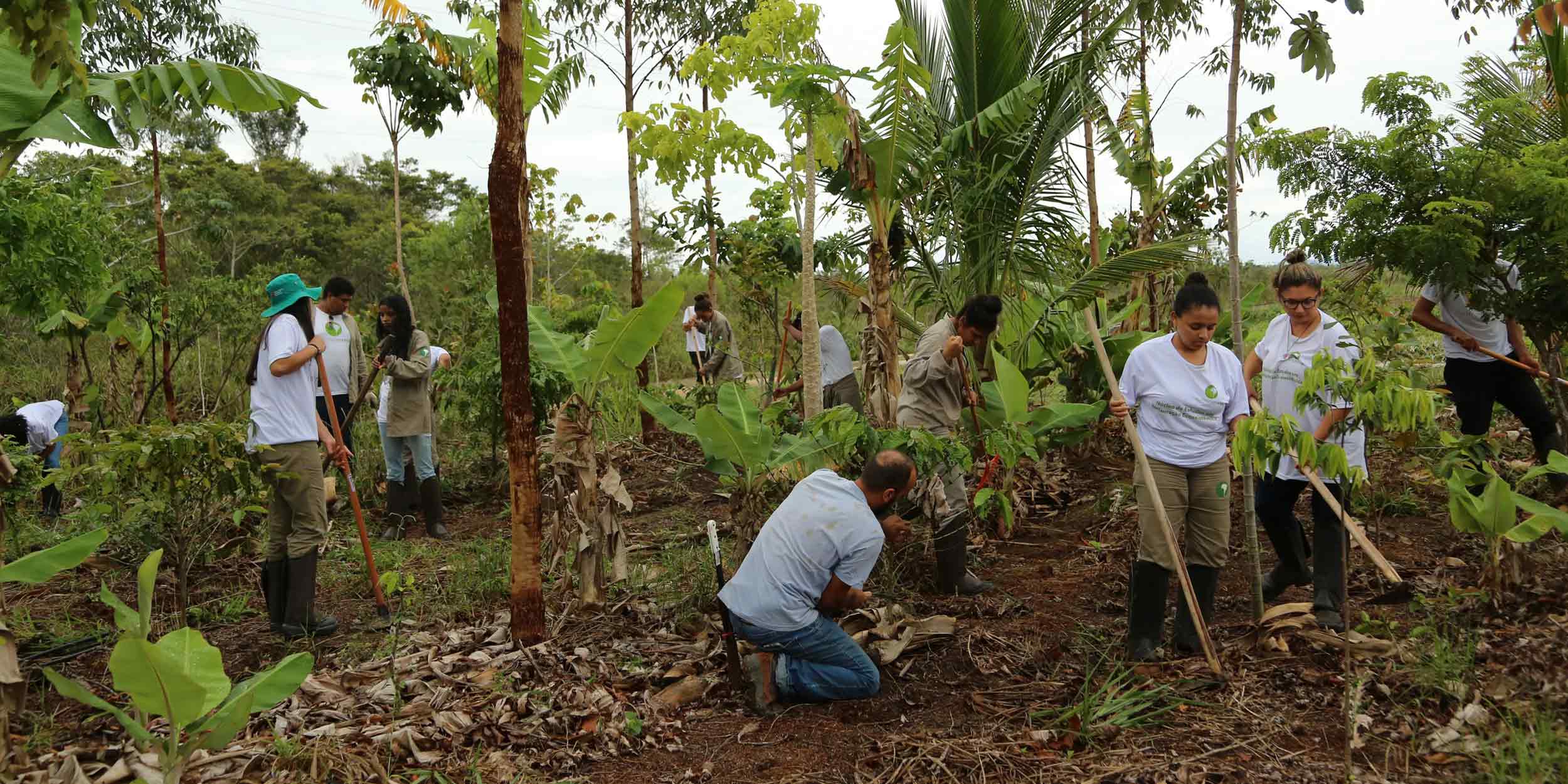Does anyone remember Arbor Day?
BiodiversityArticleApril 26, 2023
The holiday celebrating tree-planting was once ahead of its time. But is it still relevant?
Arbor Day is celebrated in the U.S. on the last Friday of April, and, in years past, was noted on many calendars. It was even celebrated by a famous cartoon character and his pals. But has it been forgotten? Here’s an explainer.
Tell us again, what is Arbor Day exactly?
Simply put, Arbor Day is the celebration of planting trees – arbor being the Latin word for tree. It’s also about educating the public about the importance of trees. While it may not have been known as such, a similar observance dates as far back as 1594 in Spain. But Arbor Day as we know it – for those who even remember it – started in the U.S. state of Nebraska in 1872. In other words, way before Earth Day, which was founded in 1970, right around the time when the current environmental movement got underway. According to ArborDay.org, it was the idea of newspaper editor J. Sterling Morton, and an estimated 1 million trees were planted on that first Arbor Day of April 10, 1872. By 1885, it became a legal state holiday, and by 1920 it expanded to 45 states and territories and eventually all 50 states, with most of them celebrating it on the last Friday of April, this year April 28. ArborDay.org also lists dozens of other countries that have similar holidays celebrated on different dates, from Barbados to Bulgaria, Togo to Tunisia. As Morton said when he started it: “Other holidays repose upon the past; Arbor Day proposes for the future.”
Wait, this sounds familiar now.
You may remember it thanks to Peanuts’ creator Charles M. Schulz, who celebrated it in his TV special It’s Arbor Day, Charlie Brown from 1976. In it, the Peanuts Gang discovers the meaning of Arbor Day when Sally, Charlie Brown’s sister, is asked by a teacher in school to explain it. “What is Arbor Day? Oh, that’s simple,” she says. “That’s the day when all the ships come sailing into the arbor.” When she’s laughed at in front of the whole class, she goes on a quest, with the help of Linus, to find out more. Comedy, as well as a baseball game, ensues. It might not be a classic Charlie Brown special – it’s no Great Pumpkin, Peanuts’ aficionados will tell you – but it has its charms, and even subtly advocates the virtues of cycling in its opening sequence.
So what happened to Arbor Day?
Well, nothing really. But as Earth Day – which precedes Arbor Day by less than a week – gained more momentum and encompassed more, especially as climate change has become an ongoing concern the last few decades, the day dedicated just to trees, as important and prescient as it was, has, perhaps, lost some of its currency. The narrative has very much changed from merely planting trees to that of restoration and enriching biodiverse ecosystems.
It's about more than trees, in other words?
Yep! Only planting a tree isn’t enough to help the planet. Haphazard reforestation projects can actually increase CO2 emissions and have a negative impact on nature. For instance, planting only fast-growing, non-native trees can create monocultures and so-called “silent forests” that cannot support life. A real forest is a complex, multilayered and biodiverse ecosystem, containing a variety of trees and other plants, as well as insects, mammals, birds and reptiles.
And sustainability, too, is more than the sum of its trees, right?
“Absolutely,” says Robert Wyse, Zurich’s climate and nature manager. “Far more than simply collections of trees, forests are crucial to climate change mitigation, absorbing up to one-third of the CO2 released from burning fossil fuels every year. Over 1 billion people around the world rely on forests for shelter, livelihoods, water and food security. And forests are home to more than three-quarters of the world’s documented land-based species. They are also crucial for biodiversity protection and the healthy, stable environment that we’ve enjoyed for thousands of years.”
Is the Zurich Forest Project an example?
Sure is. The Zurich Forest Project began in 2020 as a collaboration between Zurich Insurance and Instituto Terra, the nonprofit founded by Sebastião and his wife Lélia Salgado in the Atlantic Forest in the Brazilian state of Minas Gerais – not to be confused with the Amazon rainforest that Salgado has documented in his latest epic project, Amazônia. The Salgados started Instituto Terra in 1998 to restore a former family cattle farm. Since then more than 2 million trees have been planted and over 250 native species of animals have returned. Zurich will contribute by supporting Instituto Terra’s expansion across 700 hectares and by planting 1 million trees – and planting the right seeds in the right soil while involving the local community. (Photo, top.)
Cool.
“Yes, we think so,” Wyse says. “The Zurich Forest Project is an excellent example of the actions we need to take to achieve the outcomes of not only the biodiversity COP 15, where a global agreement to get nature on a path to recovery was reached, but also to deliver on the Paris Agreement and achieve a net-zero future. Both objectives are interdependent, and forests are crucial to achieving both. There’s not net-zero without forests!”
Now, back to Arbor Day….
As the Financial Times wrote earlier this month: “Planting trees is more complicated than it sounds. Ecosystems must be restored to avoid biodiversity collapse, experts say, but ‘on the right land and in the right way.’” So enjoy Arbor Day, but do so wisely. “The main idea of Arbor Day is that of conservation,” Linus reads to Sally in that Peanuts special. “Arbor Day points out, to both children and adults, the need to maintain and protect certain areas of natural forest and woodlands.” Well put. And there’s nothing out of date about that, Charlie Brown.


